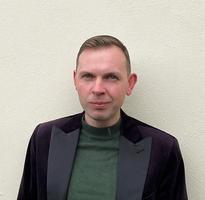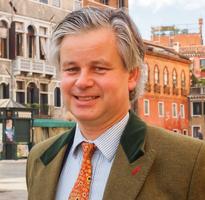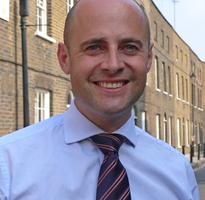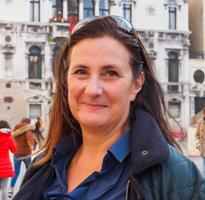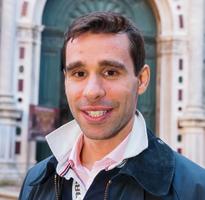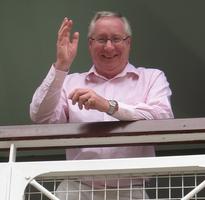Budapest: Buda on the left, Pest on the right, the blue Danube dividing the two very different areas through the middle. Up on the hill in Buda are the Citadella, Fisherman's Bastion and the Royal Palace, which tower over the river as if placed up on a high shelf for the rest of the city to admire. Pest, on the opposite side, also has its gems following the intertwining roads and paths that follow the Danube, as well as hidden secrets farther from the river along the grand avenues. Altogether, Budapest is definitely a place to take a good pair of walking shoes, and when you need to put your feet up - if not in one of the city's famous spas - the city's excellent public transport system will take the strain for a while.'Metro 1, one of the oldest underground systems in Europe, starts from just by the Danube and was designed to transport people to the main City Park, mostly following the course of the city's famous Andrassy Avenue; Budapest's answer to the Champs Elysees. Walking the length of Andrassy Avenue can be done in an hour or so to Hero's Square, but it warrants longer than that with the amount of diversion on offer. Andrassy Avenue starts just behind St. Stephens' Basillica. Joining the road here and heading away from the centre, luxury boutiques line the initial stretch, interspersed with excellent local eateries - a coffee with a slice of local 'dobos' cake in one of the grand Imperial cafes is a must. The Budapest Opera House is one of the first locations to stop by (although undergoing major renovations during my recent visit) - ask the Kirker Concierge for schedules and tickets. Next up on the left is Budapest's theatre district. Not quite pedestrianised, but still quiet, the first 500m or so away from Andrassy Avenue has a smart collection of galleries, book shops and restaurants with outdoor seating.'After a brief stop to see the music academy named after famous composer Franz Liszt - located in a vibrant square of the same name - then navigating the impressive junction at Oktogon, the next port of call is the House of Terror. Formerly home to the infamous Secret Police, it is a museum that focuses on crimes and atrocities committed by both Hungary's fascist and Stalinist regimes. A good majority of the exhibition space is given over to events up until the 1956 uprising, and the audio guide is very worthwhile.'The last stretch of the avenue widens out and becomes more tree-lined and residential; for those still on foot it is a lovely stroll, but jumping onto a local bus for the final yards is easily done. The avenue finishes at Hero's Square with a collection of remarkable statues dedicated to notable figures in the country's history. The Museum of Fine Arts, due to re-open in October 2018, lines one side of the square, facing the Hall of Art on the other, the latter having an excellent cafe overlooking the square.'Just behind Hero's Square and one of the last stops of Metro 1, is the City Park. An excellent green space with a lake which turns into an ice-rink in winter, it also features Vajdahunyad Castle - inspired by architectural styles from all over historic Hungary when it was built in 1896, the combination of Gothic, Romanesque and baroque influences are clear and spectacular to see. For those who need to treat their weary feet at this stage, one last stop could be the famous rejuvenating waters of the Szechenyi Baths, a short stroll through the park.
Staff Review
A Walk Through Budapest
Speak to an expert - 020 7593 2288
Our expert reservations team regularly travel to a wide range of destinations to explore new cities, visit hotels and to research museums, galleries and restaurants so that we can offer the most up-to-date advice and recommendations.
Newsletter
Join our mailing list to receive the latest updates and travel inspiration.

